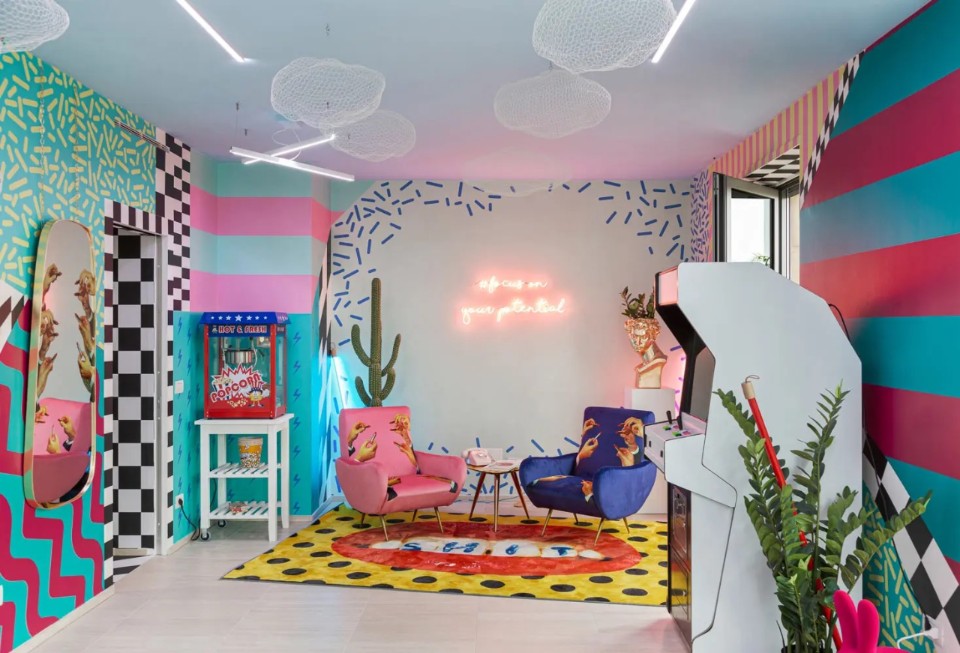Generation Z, the first born digital, has redefined how we live, work, inform ourselves, fall in love, and even think about politics and sex, all through the lens of new virtual tools.
They’ve grown up with iPhones, documenting their lives in ways previous generations never imagined. Yet, they’re not entirely disconnected from the pre-smartphone era and still remember some of its lost objects.
Imagine the home of a typical Zoomer, someone born between 1997 and 2012. Describing it means looking through a virtual lens. GenZ knows how they want to live, even if owning a home seems out of reach for many. And it probably is – they can’t afford it. But they’ve learned that working, socializing, and creating and defending an identity doesn’t require being tied to one place.
Gen Z is a generation that has adapted to rapid change. They absorb endless images and information, listen to more music, and travel more than ever. They’ve rediscovered the value of storytelling. Design, for them, is a vital resource.
All design. Not just contemporary.

There’s a nostalgia for the past and an anticipation for the future, even if it feels disillusioned or bitter. GenZ finds comfort in looking back. They love the 1970s and postmodernism, holding out for a revolution that feels more theoretical than practical. As Andrea Branzi notes about Italian design in Introduzione al design italiano, this revolution is more desired than realized. In uncertain times, evasion is necessary. It may be a uniquely Italian perspective, but it could also be a glimpse into the future for the rest of the world.

The Pipe collection, between simplicity and character
The Pipe collection, designed by Busetti Garuti Redaelli for Atmosphera, introduces this year a three-seater sofa.













